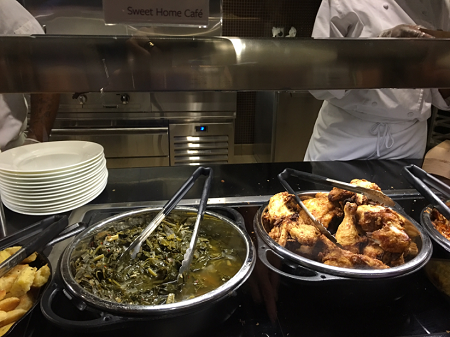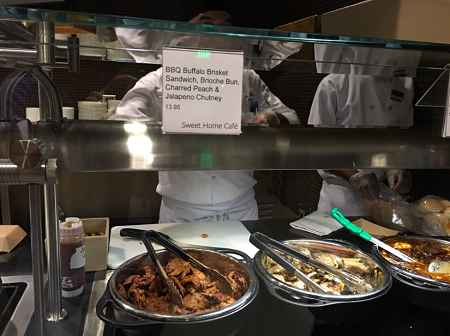- Revenue Cycle Management
- COVID-19
- Reimbursement
- Diabetes Awareness Month
- Risk Management
- Patient Retention
- Staffing
- Medical Economics® 100th Anniversary
- Coding and documentation
- Business of Endocrinology
- Telehealth
- Physicians Financial News
- Cybersecurity
- Cardiovascular Clinical Consult
- Locum Tenens, brought to you by LocumLife®
- Weight Management
- Business of Women's Health
- Practice Efficiency
- Finance and Wealth
- EHRs
- Remote Patient Monitoring
- Sponsored Webinars
- Medical Technology
- Billing and collections
- Acute Pain Management
- Exclusive Content
- Value-based Care
- Business of Pediatrics
- Concierge Medicine 2.0 by Castle Connolly Private Health Partners
- Practice Growth
- Concierge Medicine
- Business of Cardiology
- Implementing the Topcon Ocular Telehealth Platform
- Malpractice
- Influenza
- Sexual Health
- Chronic Conditions
- Technology
- Legal and Policy
- Money
- Opinion
- Vaccines
- Practice Management
- Patient Relations
- Careers
Part 2: The New Smithsonian Museum of African American History & Culture, Food and Place
The Smithsonian Museum of African American History and Culture, which opened to the public September 24, does many things well. One of them is serve good food.
The Smithsonian Museum of African American History and Culture, which opened to the public September 24, does many things well. One of them is serve good food. Typically, museum-goers put up with a facility’s overpriced and blasé hamburgers or so-so pie because it’s both quicker and easier to grab lunch or a snack at the museum’s eatery than to walk off the Mall in search of fare that might taste better and cost less.
Forget about doing that particular food hunt when visiting the Smithsonian Museum of African American History and Culture. Luncheon fare and desserts at the Sweet Home Café not only taste good, but they also help further the museum’s goals by presenting dishes that illustrate the impact of African American cooking on the US’s culinary scene.
- Related: The New Smithsonian Museum of African American History & Culture
Browse the Food Exhibits
African Americans have made tremendous contributions to the country’s diverse cuisine. After all, it wasn’t uncommon for African American women to cook in someone else’s kitchen, whether as a slave in the pre-Civil War south or as a housekeeper after abolition. During the Jim Crow era and afterwards, talented women and men prepared meals and oversaw dining in their own cafés.
Although the museum weaves the story of food into several exhibits, many culinary items appear in the Cultural Expressions Gallery. Among them are a pot used to cook collard greens in the popular Florida Avenue Grill; an oyster basket, culling hammer and shucking bucket; and the red chef’s jacket worn by New Orleans’ chef Leah Chase.
Eat at Sweet Home Café
Sweet Home Café — Featuring regional chef, Albert Lukas
Although Sweet Home Café clearly exists to feed hungry visitors, the eatery underscores the museum’s message in a most palatable way. Moving through a cafeteria line, visitors choose items from four distinct regions. Many entrees hover in the $13 to $15 range.

The Creole Coast — think Louisiana – uses the flavors and ingredients from cultures as diverse as West African, Native American, French, Portuguese, Spanish, and Acadian. Signature items: Gulf shrimp over grits served with smoked tomato butter, caramelized leeks and crispy Tasso; as well as pan-fried Louisiana catfish po’boy served with red pepper remoulade, and green pickle beans.
The Agricultural South gains fame for its stoneground grits, ham, pecans, and peaches. Signature dishes: The buttermilk fried chicken, crispy but not greasy; and the tasty Gullah-style hoppin’ John, a traditional New Year’s Day dish of rice and black-eyed peas. The café substitutes Sea Island red peas for the more typical black-eyed ones.

cuisine combines the food and spices slaves brought with them to freedom in the north with that region’s typical fare. Signature items: Smoking hot Caribbean-style pepper pot, inspired by the northeast’s West Indian communities; and Thomas Downing’s NYC oyster pan roast. Downing, a free African American, dished out good food upstairs at his Downing’s Oyster House while housing runaway slaves in his basement, a stop on the Underground Railroad.
The North States
showcases items that mix such typical ingredients as corn, peaches, and turkey with Native American and Mexican oregano, chilies and wild sage. Signature items include pan roasted rainbow trout served with cornbread and mustard green stuffing and hazelnut brown butter.
The Western Range

Dessert

Don’t skip the sweets. Depending on the day, choose from pecan pie, pumpkin spiced cupcakes, sweet potato pie, and praline bread pudding with bourbon caramel sauce.
It’s fun to research African American influenced food by eating your way through the Sweet Home Café.
*All photography by the author
